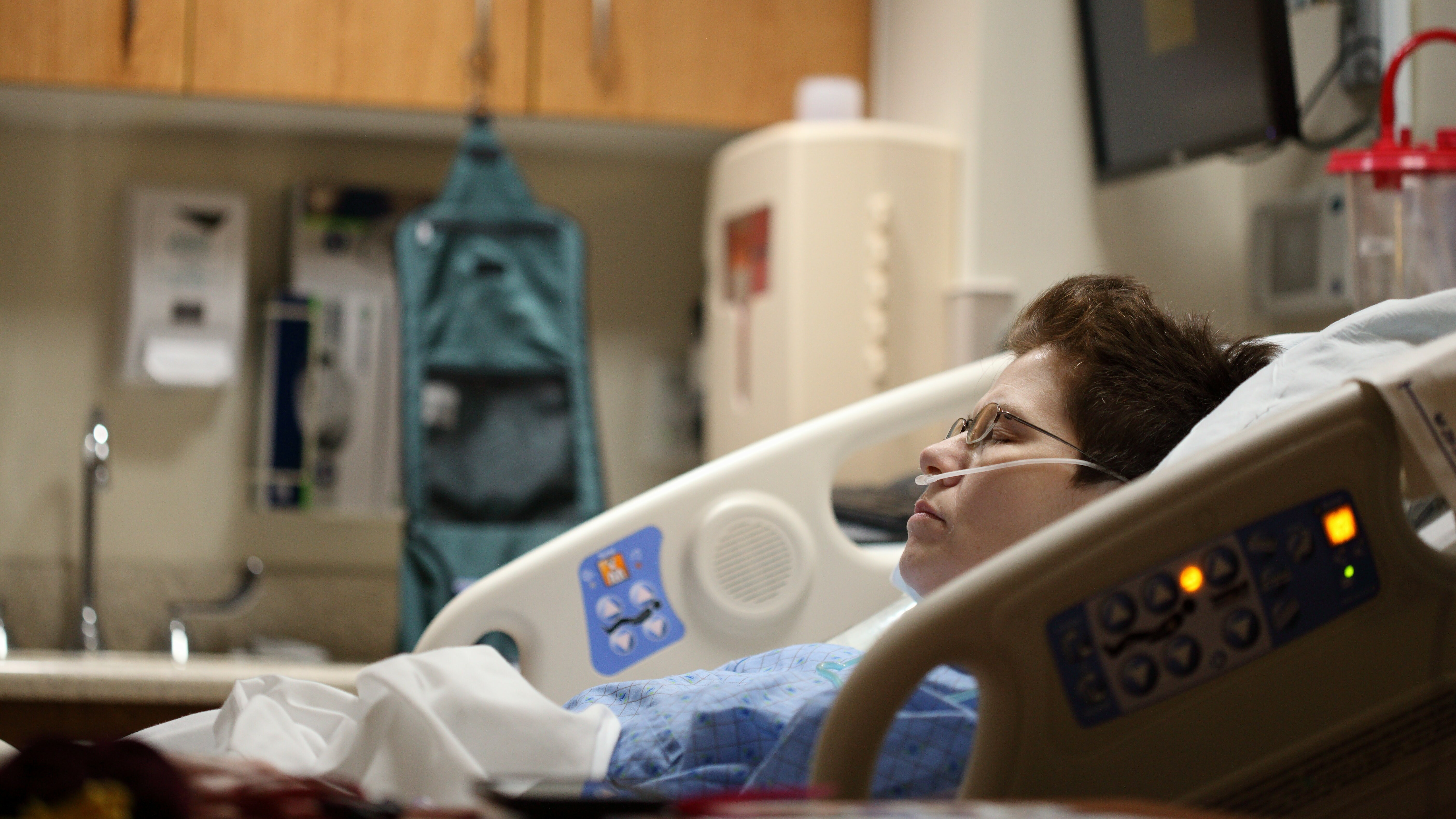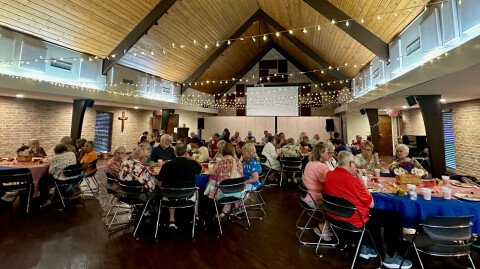In my opinion, the sacrament of Holy Unction (often called Last Rites) is one of the most underutilized sacramental rites in the Episcopal Church.1 Holy Unction, is when someone is ill and receives prayers and oil in order that God’s healing can be imparted on them. This oil, “oil of the sick '' has been blessed by priests. Chrism, the oil used after baptism, has been blessed by The Bishop and is often distributed at Bishop’s yearly visit for confirmation. The Bishop’s also had the oil available at council this year.2
The Episcopal Church has sacraments and sacramental rites. Sacraments are “outward and visible signs of inward and spiritual graces.”3 For example, in Baptism, the candidate is adopted as a child of God. The outward sign of this is the Holy Water. Baptism and Holy Eucharist are both sacraments, because they are clearly found to be performed by Jesus within Holy Scriptures.4
The sacramental rites, such as marriage, confirmation, and Holy Unction, came out of church practices and needs.5 The reason unction speaks so deeply to my heart is that Holy Unction is a mirror of Jesus’ healing. There are many instances of Jesus healing throughout scriptures: he healed the blind, lepers (those with skin diseases), women, and those near death. Jesus healed and as such, we should take part in the healing of the church.
This service is not necessarily for physical healing. I certainly hope for that among all people, however, it is the spiritual healing that can be brought through these prayers.
Looking at the service for Holy Unction,6 it is listed in the Book of Common Prayer as “Ministration to the Sick.” This service itself can be done by anyone lay7 or ordained, however, if someone is to have hands laid on them and anointed with oil, that person must be a priest.8 The service begins with scripture and is divided into topics. For example, during the season of Lent, someone might use the readings of penitence and ask for spiritual healings. In another instance, a person may seek healing during a chronic illness. Each of these anointings have appropriate scriptures. The rite may be combined with Eucharist, which adds another layer and different scriptures.
The reason the sacramental rite is known as “Last Rites” is because there is, within this Rite, a very specific portion reserved for the time of death.9 Also, the prayers for anointing with oil began with the Jewish traditions, and are noted in early Christianity, however, the rite changed during the middle ages and Lutherans took out the oil. When the 1549 Book of Common Prayer was written, anointing became optional.10
If someone was not ready for that last breath, the proper prayers would be ministration to the sick. Yet, the rite for the person who is going to die is different, it implores God to release the soul, “Depart, O Christian soul, out of this world…” There is also the commendation of the soul which is said during the ministration to the dead and at the burial. I believe there is still healing within this rite, however, it is an eternal healing where the soul is implored to rest with The Father until the second resurrection.
Being a new priest, I have only had the blessing of unction a couple of times. However, when I have been present, there has always been peace. Healing is very much present through this rite. I hope each of you may take part in these beautiful sacramental rites and find healing from The Father.
For His Sake,
Beth Anne Nelson +
1 This is a sweet video on the Sacraments of the Church. https://youtu.be/tPuJ3DMnS9Q
2 Book of Occasional Services (2021). New York: Church Publishing. Pp.284-286 and p.195
3 Book of Common Prayer (1979). New York: Church Publishing. pp.857-858
4 More information on The Episcopal Church’s beliefs: https://www.anglican.net/doctrines/articles-of-religion/
5 Ministration at the Time of Death was a practice of the christian church dating back to before the Council of Nicea (A.D. 325) and is included in the 1662 Book of Common Prayer. Hatchett, M.J. (1980). Commentary on the American Prayer Book. New York: Seabury. p.472
6 Ibid. pp.463-471
7 Book of Occasional Services (2021). New York: Church Publishing. Pp.284-286 and p.171
8 Jennings, N. L2340 Class Notes April 20, 2021.
9 Book of Common Prayer (1979). New York: Church Publishing. pp.462-467
10 Hatchett, M.J. (1980). Commentary on the American Prayer Book. New York: Seabury. pp.460-471





